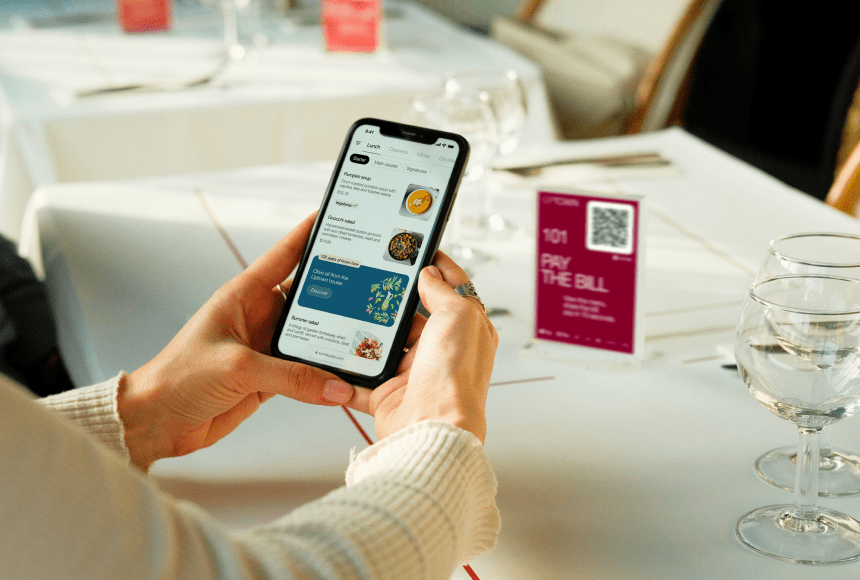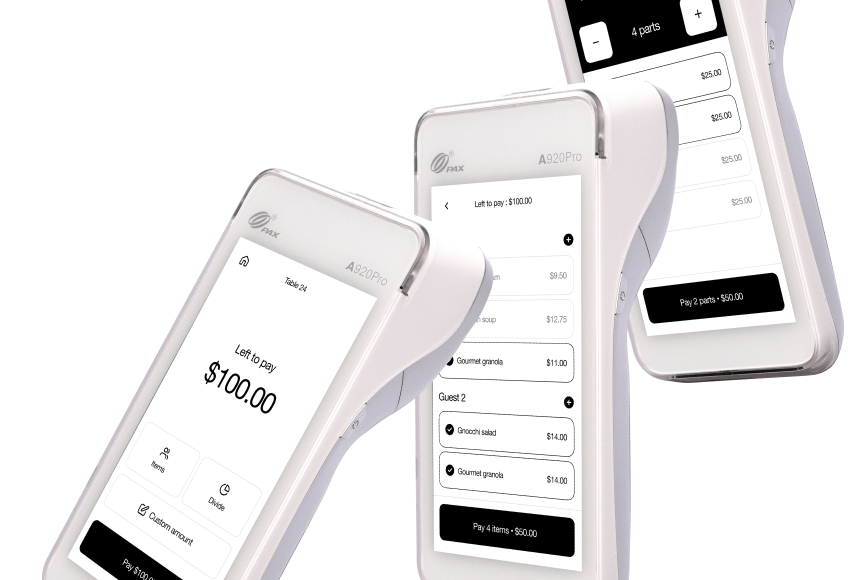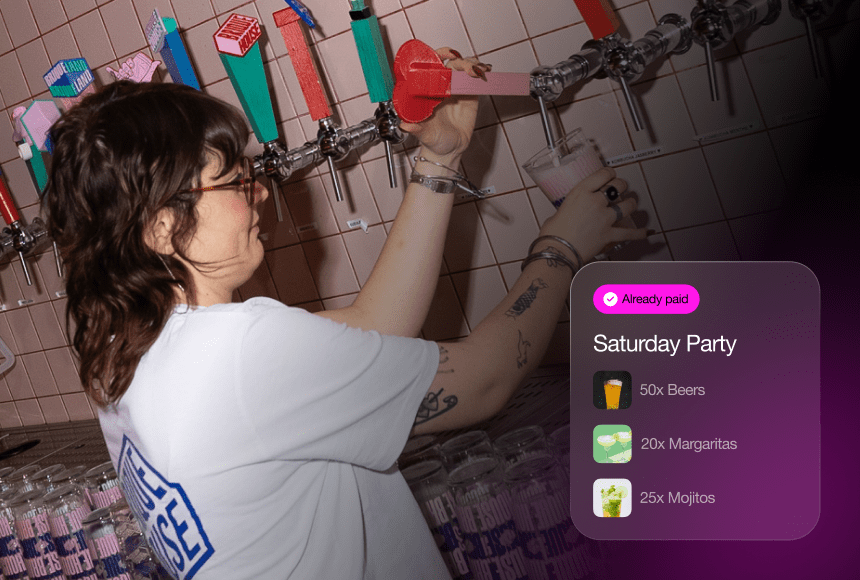
Designing a Menu That Entices Diners and Raises Revenue
Why Menu Structure Matters More Than You Think
Many restaurant owners pour heart and soul into ambiance, fresh ingredients, and skilled servers—yet overlook a detail that quietly shapes profitability: the menu’s structure. How you present dishes, which items earn top billing, and even how prices appear can all influence what guests order and how much they’re willing to spend. According to recent findings on menu psychology, up to 30% of diners make spontaneous decisions based on how a menu is laid out.
If you’re aiming to elevate your average check, consider carefully orchestrating every item’s placement and description. We’re talking beyond simple reprinting or reordering—this is about telling a story, highlighting your star dishes, and steering diners toward profitable combos. Let’s dive into how strategic design can help you boost sales without feeling pushy or gimmicky.
1. Embrace the Power of Menu Psychology
Good menu structure relies on a bit of psychology. Diners often skim, scanning key areas and gravitating to certain visuals. So, how do you make the most of this behavior?
- Prime Real Estate: The top right corner of a traditional bi-fold menu (or the prime top section of a single-page format) often catches the eye first. Consider placing your high-margin or signature items there.
- Decoy Pricing: Position a more expensive dish near the top to make other premium items seem more reasonable by comparison. If you add a \$40 steak, your \$28 salmon starts to look like a deal in contrast.
- Limited Categories: Aim for clear, readable sections—appetizers, mains, desserts—without overwhelming diners. Simple, bold headings help them navigate quickly.
You’re not tricking guests here. Rather, you’re guiding them toward what you do best and what yields a good profit margin.
2. Structure Your Categories for Flow
A menu isn’t just a static list; it’s more like a path diners follow. If you bury your star appetizer or your best-selling entrée amid a clutter, people might miss it. So, consider the journey:
- Appetizers First: Start with a short selection of compelling starters. If you’ve got a popular shareable, it can spur diners to order additional items.
- Mains in a Logical Sequence: Group your dishes by style (seafood, meat, pasta) or cooking method, so diners can easily compare.
- Highlight Chef’s Specials: Place your special or premium offering at the top of each category. This might lead guests to at least glance at those costlier or signature dishes.
- Desserts and Beverages: Don’t bury dessert at the bottom. Consider a separate call-out or box for sweet endings. And if wine, cocktails, or craft beers are strong earners, give them a dedicated space rather than hiding them in fine print.
Think of your menu like a narrative that unfolds from appetizers through desserts, each section designed to tempt and guide diners to order more than they originally planned.
3. Optimize Your Item Descriptions
Have you noticed how a dish sounds more sumptuous with the right adjectives? A “tomato soup” can become a “roasted heirloom tomato bisque with a drizzle of basil oil.” You’re not just being fancy—descriptive language can lift perceived value. In studies on menu language and sales, dishes with evocative wording often see higher orders.
But don’t overdo it. Too many flowery phrases can feel manipulative or cheap. Aim for:
- Key Ingredients First: Let diners know what’s in the dish immediately—especially if those ingredients are local, fresh, or unique.
- Highlight Preparation Method: Words like “slow-braised,” “charred,” or “house-fermented” trigger curiosity and justify higher price tags.
- Call Out Any Special Features: If it’s gluten-free, vegetarian, or farm-to-table, mention it. Modern diners appreciate quick clarity on dietary or ethical aspects.
Ultimately, each description should make a dish feel like an experience—worth every cent.
4. Use Visual Cues Wisely
Images, graphics, or icons can guide diners toward particular dishes, but too many pictures risk making your menu look like a cheap diner pamphlet. Striking the right balance is key:
- Sparingly Placed Photos: Feature mouthwatering snapshots for your top earners or chef’s recommendations. A well-shot image can do wonders for whetting appetites.
- Icons for Dietary Info: A simple leaf icon for vegetarian dishes or a spice symbol for hot items can help diners find what they need fast.
- Spotlight Boxes or Highlights: If you have a “house favorite,” box it off or give it a small highlight so it stands out without dominating the page.
Everything about the menu layout should subtly guide the eye to your profitable or must-try offerings, but keep it classy. Too many graphics or bold boxes can feel cluttered.
5. Consider Menu Size and Format
A sprawling eight-page menu can overwhelm; a tiny half-page might feel limited. The sweet spot generally allows diners to browse without feeling lost. Think about:
- One-Page Menus for Casual Eateries: Many fast-casual or bistro-style spots favor a single sheet. It’s quick to scan, and you can place your high-margin items front and center.
- Two- or Three-Fold Menus for More Variety: If you have a broad range—like sushi, pasta, and steak—folds can neatly separate categories.
- Seasonal Inserts: Insert a smaller “Seasonal Specials” page to test new recipes or premium offerings. If they do well, promote them to mainstays.
Whatever size you choose, keep it clean, cohesive, and easy to scan. That clarity fosters quicker decision-making and encourages diners to order more (versus getting frustrated and just picking a safe standard).
6. Strategic Pricing and Rounding Tactics
There’s a reason you often see \$19 instead of \$20. Subtle price cues can nudge diners. Consider:
- No Dollar Signs: Some high-end restaurants remove currency symbols altogether, listing items as “22” instead of “\$22.” This reduces the mental “pain of paying.”
- Odd vs. Even Pricing: A price like \$9.95 might feel more approachable than a flat \$10, though some argue that round numbers look more upscale. Test which resonates with your audience.
- Anchor Pricing: Place a premium item near the top to make the rest seem relatively affordable. If you list a \$60 seafood platter, that \$30 pasta dish looks mid-range, not expensive.
Just make sure your prices align with your brand. If you’re a quick lunch spot, odd cents might make sense. Fine dining might lean on whole numbers that look more elegant.
7. Offer Combo Deals and Tasting Menus
Combos, set menus, or tasting courses can be fantastic for pushing up average checks:
- Prix-Fixe Options: A set price for appetizer, main, and dessert. Many diners see this as a value, even if it’s slightly higher than if they’d ordered individual dishes.
- Suggested Pairings: Next to your steak, propose a premium wine that complements it. Or next to your spicy entrée, hint at a mild, cooling dessert. This gentle nudge can move more items overall.
- Group Sharing Platters: Encourage bigger parties to order a shareable feast. They usually end up spending more collectively—plus, it reduces the time spent individually ordering multiple dishes.
Combos often strike a sweet spot: diners feel they’re getting a “deal,” while you sell more items in a single transaction.
8. Train Your Staff to Reference the Menu Effectively
A well-designed menu alone isn’t enough if your team can’t guide diners through it. Your servers need to be menu navigators:
- Staff Recommendations: Encourage employees to have a go-to appetizer or dessert they can enthusiastically describe. Many diners follow a server’s genuine excitement.
- Point to High-Margin Dishes: Quietly coach staff on which dishes yield better profit. They can subtly mention these standouts when asked, “What do you recommend?”
- Describe Pairings: If a guest orders a certain entrée, the server can recommend a side or beverage that pairs well. That personal touch often seals the deal.
Think of your servers as ambassadors. The menu layout sets the stage, but their conversation can push the performance to the next level.
9. Evolve and Adapt Based on Data
Don’t assume you’ve nailed the perfect menu design forever. Keep tabs on:
- Sales Data: Which items are underperforming or overshadowing others? Tweak positions or rename them if they’re not catching on.
- Customer Feedback: If you notice recurring comments—like certain descriptions being confusing—adjust them.
- Seasonal Shifts: Update or remove items that no longer match the season or your supply chain. Fresh produce in summer might lead you to highlight more salads, while winter suggests heartier stews.
Over time, iterative adjustments will fine-tune your menu so it better mirrors customer preferences, all while steering them toward higher ticket sizes.
10. Leverage Modern Technology to Streamline Ordering
Yes, that physical menu is your first line of persuasion. But you can amplify results by integrating tech that backs up your structure. For instance:
- Digital Ordering Platforms: If diners can browse on a tablet or phone, they might see curated suggestions or pop-ups that highlight sides or desserts. You can reorder how items appear, track clicks, and make quick changes based on real-time data.
- Seamless Payment Integration: Tools like sunday allow diners to scan a QR code, review their order, and pay instantly. This frictionless experience can encourage them to add a last-minute dessert or coffee—because it’s so easy to finalize and pay for.
- Data Insights for Continuous Improvement: Digital systems can gather order stats swiftly, letting you see which items drive the biggest jump in the average check. Then you can highlight them more on the printed or physical menu next revision.
When combined, a well-structured menu and modern technology can create a slick, compelling journey from “I’m not sure what to order” to “I’ll have that special… and maybe a dessert too.”
Common Pitfalls When Attempting to Boost the Average Check
Aim high, but watch out for mistakes that could undermine your efforts:
- Overpricing Key Dishes: Sure, you want bigger checks, but if your star item jumps too steeply in cost, diners might skip it. Keep an eye on local competition and overall perceived value.
- Overcomplicating the Layout: A cluttered menu with too many items or design elements can confuse rather than entice. Less is often more.
- Pushing Upsells Too Aggressively: Train staff to read the room. Overzealous suggestions can feel off-putting. Polite, genuine enthusiasm is more effective.
A balanced approach ensures you nudge check sizes upward without turning people off from returning.
From a List of Dishes to a Strategic Selling Tool
Your menu is more than a functional listing—done right, it’s a narrative of your culinary vision and a silent salesperson all in one. By thoughtfully structuring sections, harnessing descriptive language, using visuals sparingly but smartly, and guiding diners to premium or profitable items, you can watch your average check climb.
Of course, none of this replaces quality cooking or genuine hospitality. Guests ultimately want delicious food, consistent service, and a comfortable setting. But a strong menu layout can elevate those elements, highlighting the best you have to offer and subtly encouraging diners to explore more. When your staff is fully on board, proud of every dish’s story, and a tech solution like sunday is in place for easy payments, you’ve built a smooth, enticing guest experience from start to finish.
So, if you’re looking to boost those ticket sizes, don’t just tweak prices. Rethink how you present your entire culinary lineup. Sometimes small changes—like where you put a certain entrée, or how you describe that chocolate mousse—can spark bigger sales, happier diners, and a fresh sense of excitement about your menu.
Find out more today
Drop us your details below and we’ll reach out within the next 24h
Make your menu work for you too.
With digital menus, you can manage different areas, times, menu types, add-ons, pictures, languages, allergen info and much more.



